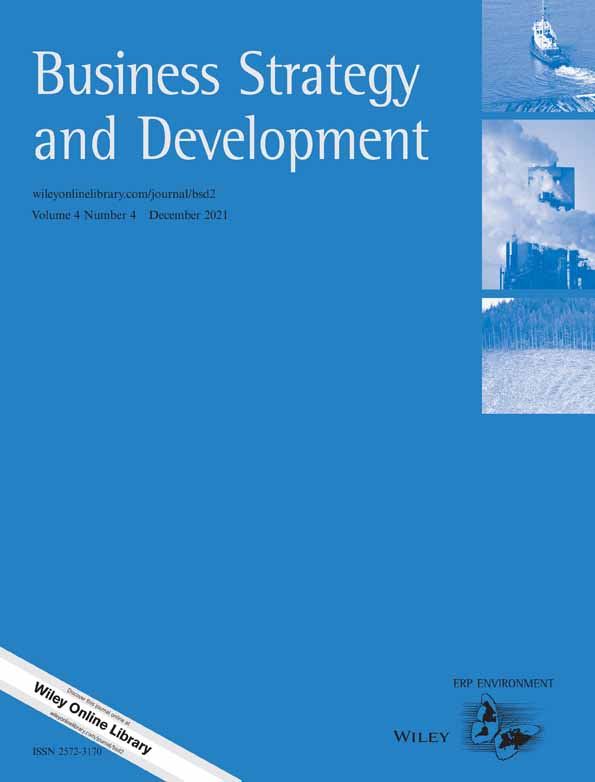Download:
DOI:
https://doi.org/10.1073/pnas.0710616105Altmetric score:
Dimensions Citation Count:
Publication year
2008
Authors
Kindermann, G.; Obersteiner, M; Sohngen, B.; Sathaye, J; Andrasko, K.; Rametsteiner, E; Schlamadinger, B; Wunder, S.; Beach, R.
Language
English
Keywords
air pollutants, climate change, carbon sequestration, deforestation, tropical forests, pollution control, carbon, costs, emission, econometric models, greenhouse gases, land use
























